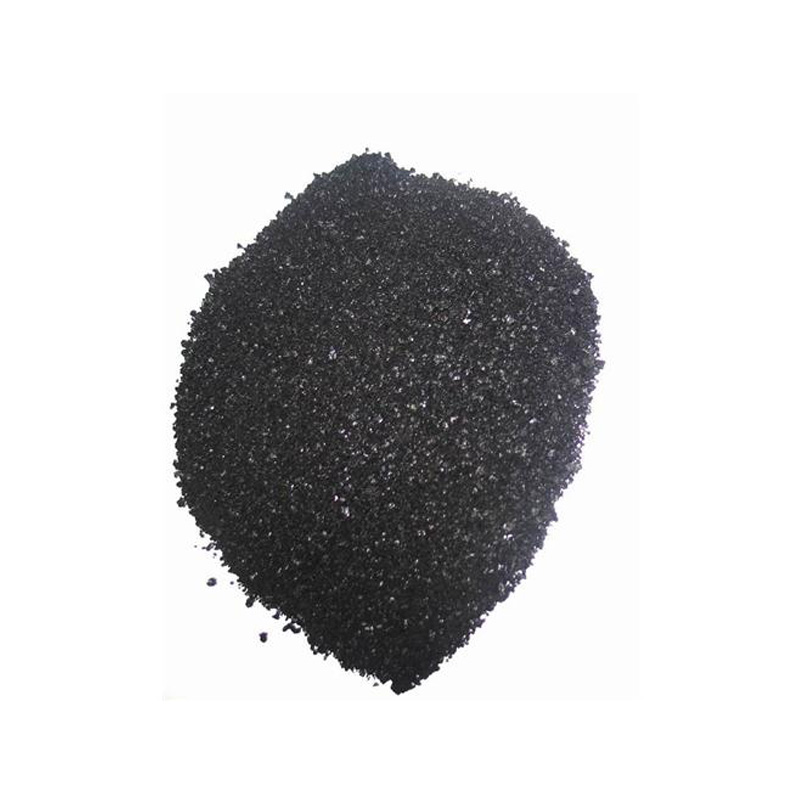Top Indigo Yarn Exporters and Their Impact on Global Textiles Market
The Role of Indigo Yarn Exporters in the Global Textile Industry
Indigo yarn has long been a staple in the textile industry, renowned for its deep blue hue, which has been a significant part of fashion and fabric for centuries. The resurgence of indigo-dyed materials in contemporary fashion has led to an increased demand for indigo yarn, making indigo yarn exporters pivotal players in the global textile market.
Indigo dyeing is an ancient practice that originated in various regions around the world, with notable prominence in India, West Africa, and parts of South America. The use of indigo yarn dates back thousands of years, with archeological findings suggesting its existence in ancient Egypt and the Indus Valley civilization. Today, the technique has evolved, blending traditional methods with modern technology to meet the demands of the global market.
The significance of indigo yarn exporters cannot be overstated
. They serve as the bridge between the raw material producers and the end consumers, which include garment manufacturers, fashion designers, and retailers. These exporters are responsible for sourcing high-quality indigo yarn from manufacturers, ensuring that the products meet international standards and fulfill the specific needs of their clients.One of the primary advantages of indigo yarn is its versatility. It can be used in a variety of applications, from denim fabric to home textiles, making it a vital component in the fashion industry. The adaptability of indigo yarn provides exporters with the opportunity to cater to diverse markets, tapping into the growing demand for sustainable and ethically produced textiles.
indigo yarn exporters

Sustainability is a critical factor in the current textile landscape. With increasing awareness about environmental issues, consumers are gravitating towards brands that prioritize eco-friendly practices. Indigo yarn exporters are responding to this trend by seeking suppliers who utilize organic cotton and natural dyeing processes. Many exporters are also adopting practices that minimize water and energy consumption in the dyeing and production stages, further enhancing their appeal to environmentally conscious clients.
Moreover, the global rise of denim culture has significantly boosted the demand for indigo yarn. Denim remains a fashion staple, and the popularity of vintage and artisanal denim has created a niche market that values high-quality indigo materials. Exporters are keen to leverage this trend by offering unique, custom-dyed options that reflect current fashion sensibilities while maintaining traditional qualities.
Another essential aspect of indigo yarn exporting is the adherence to fair trade practices. Many exporters are committed to supporting the communities in which they operate, ensuring that artisans and workers receive fair compensation and work in safe conditions. By promoting ethical sourcing and production practices, these exporters are not only helping to empower local economies but also building trust with consumers who value social responsibility.
As the global economy continues to evolve, indigo yarn exporters must navigate various challenges, including fluctuating raw material costs, changing consumer preferences, and increasing competition from international markets. The ability to adapt and innovate will be crucial for exporters to maintain their competitive edge and meet the ever-changing demands of the textile industry.
In conclusion, indigo yarn exporters play a vital role in the global textile supply chain, offering high-quality products that cater to diverse markets while emphasizing sustainability and ethical practices. As the world moves towards a more conscious and responsible approach to fashion, these exporters are well-positioned to lead the way, providing the rich, vibrant indigo yarn that continues to captivate the fashion world. Through their dedication to quality and sustainability, indigo yarn exporters not only contribute to the economy but also promote a brighter future for the textile industry.
-
The Timeless Art of Denim Indigo Dye
NewsJul.01,2025
-
The Rise of Sulfur Dyed Denim
NewsJul.01,2025
-
The Rich Revival of the Best Indigo Dye
NewsJul.01,2025
-
The Enduring Strength of Sulphur Black
NewsJul.01,2025
-
The Ancient Art of Chinese Indigo Dye
NewsJul.01,2025
-
Industry Power of Indigo
NewsJul.01,2025
-
Black Sulfur is Leading the Next Wave
NewsJul.01,2025

Sulphur Black
1.Name: sulphur black; Sulfur Black; Sulphur Black 1;
2.Structure formula:
3.Molecule formula: C6H4N2O5
4.CAS No.: 1326-82-5
5.HS code: 32041911
6.Product specification:Appearance:black phosphorus flakes; black liquid

Bromo Indigo; Vat Bromo-Indigo; C.I.Vat Blue 5
1.Name: Bromo indigo; Vat bromo-indigo; C.I.Vat blue 5;
2.Structure formula:
3.Molecule formula: C16H6Br4N2O2
4.CAS No.: 2475-31-2
5.HS code: 3204151000 6.Major usage and instruction: Be mainly used to dye cotton fabrics.

Indigo Blue Vat Blue
1.Name: indigo blue,vat blue 1,
2.Structure formula:
3.Molecule formula: C16H10N2O2
4.. CAS No.: 482-89-3
5.Molecule weight: 262.62
6.HS code: 3204151000
7.Major usage and instruction: Be mainly used to dye cotton fabrics.

